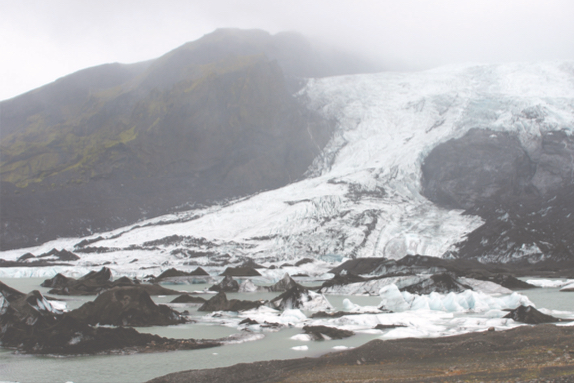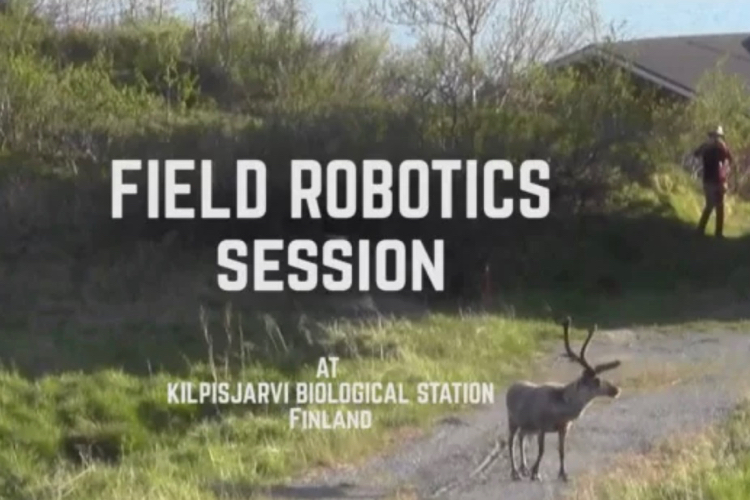Projects
Perihelion
Perihelion
Perihelion
On-going
2019 -2020
Antti Tenetz`s Perihelion critically intersects art, science and technology, connecting possible alternative futures in space. The project incorporates artificial intelligence, evolutionary computation, biotic evolution and abiotic conditions in outer space, and draws on both biological and extraterrestrial matters. Curvianus metalduransis happens to be bacterial partners in this experiment, Perihelion reassembles life as it could be.
Installation with video, incubators and gold clustering bacteria Curvianus metalduransis and cyanobacteria of the species nostoc and nodularia in the chambers.
Metal clustering bacteria Curvianus metalduransis is placed to forced evolution test with nano fluidic gold to speculate of growing conducting patterns and technologies alongside with different cyanobacterias producing oxygen.
GANs (generative adversarial network) are trained by Tenetz with images showing the bacteria, vegetation and their growth patterns as well as imagery containing asteroids, comets and humans. Perihelion is a speculative experiment about life in space. Together images and bacteria produce hybrid dreamlike entities and visions located in a potential deep space and future. They give rise to a metamorphic world and beings in which the living and the technological merge with each other.
Perihelion, Criss-Crossing ecologies, Annatalo, Helsinki 2019-2020 Perihelion 2.0, Outré: Encounters with Non/living Things, Aalto university Perihelion, exhibition Supre:organism at Kunstfort bij Vijfhuizen , Waag society,Kunstfort bij Vijfhuizen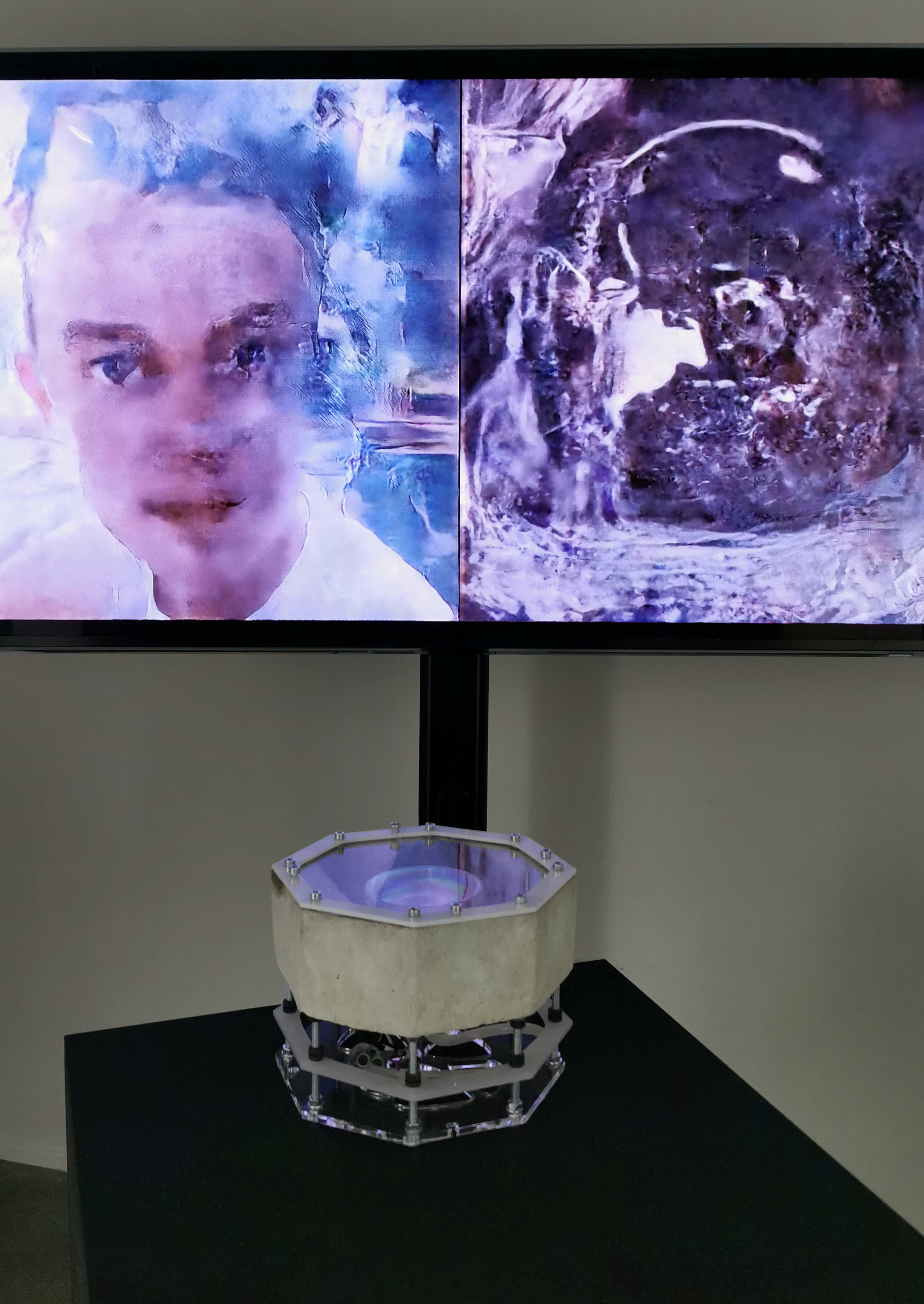
Broken Skull - Divida et Impera
Broken Skull - Divida et Impera
Teoksessa karhun tassun jälkeä kuvaava kyltti muuttuu Karhun kolmiulotteiseksi malliksi, kun sitä katsoo Arilyn-sovelluksen läpi. Kallo on 2006 Inarissa Kaadetusta karhusta. Kallo on laserskannattu Oulun yliopiston arkeologian laitoksella. Se on myös osa Tenetzin luontosuhdetta kuvaavaa Tracing-teossarjaa.
Teos toteutettiin Isoisänsillalle, joka johtaa Mustikkamaalle ja Korkeasaaren Eläintarhaan. Sillan alla virtaa Vanhankaupunginlahdelta Vantaanjoen vesi. Alueella on ollut kautta historian merkittävä rooli Ruotsi-Suomen ja myöhemmin Keisarillisen Venäjän ja Suomen politiikassa. Kustaa Vaasa perusti 1550 kaupungin Vantaajoen suulle. Taidemaalari Magnus Von Wrigth vaelsi ja maalasi aluella. Helsingistä muodostui autonomisen Suomen pääkaupunki, josta lait ja asetukset pantiin toimeen aina pohjoista Lappia myöten. Alueella sijaitsevan Korkeasaaren eläintarhan perustaja ja johtaja, Suomen ensimmäinen luonnosuojeluvalvoja Rolf Palmgren veti alueella retkiä, kuvasi lajistoa ja vetosi Vanhankaupungin lahden suojelun puolesta. Eläintarha aloitti Korkeasaaressa 1889 ja sinne rakennettiin karhulinna ensimmäisiä sinne tuotuja eläimiä olivat Misha ja Masha karhu.
Antti Tenetz on kuvataitelija ja kokeellinen dokumentaristi. Tenetzin työt sijoittuvat media- ja biotaiteiden sekä urbaanin taiteen rajapintaan. Töissään hän yhdistelee ja käyttää pelottomasti erilaisia ilmaisumuotoja, medioita, teknologisista alustoista ja materiaaleista elävään luontoon. Painopiste työskentelysssä on monitieteisessä ja -taiteisessa art&science -yhteistyössä. Hän on työskennellyt kansainvälisissä taiteilijaryhmissä kuten Subzero, Suomen biotaiteen seura ja Grafting Parlour sekä yhteistyössä tutkimusyksiköiden kuten MIT, Luke, Arktinen keskus, Thule Instituutti ja Aalto yliopiston kanssa.
Teoksen sijainti: Isoisänsilta, Kalasatama–Mustikkamaa.
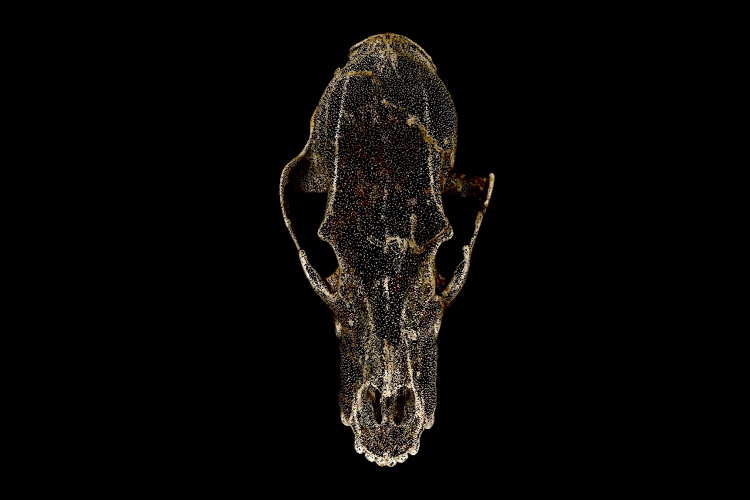
Kahve Fali
Kahve fali - Advices for coffee fortune-telling
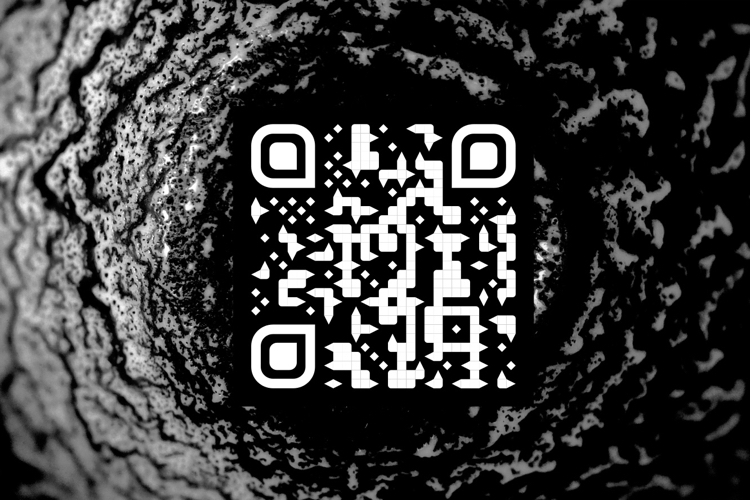
Installation acrylic, coffee, steel,wood, QR-code directing to web and video content sizes, 1 meter high
Sticker texts excripts from interview hint english and turkish Font hight varies 10 to 20 cm. Video length 5 minutes
” Ne Kahve Isterim Ne kahvehane, Gönül sohbet ister Kahve bahane...”
I don’t want coffee,
I don’t want coffee shop My Heart wants to chat Coffee is just and excuse
Words from women and advices for coffee fortune-telling You need few things in order to reading coffee
First you have to have instinct, you have to understand what goes to your mind and say it directly.you have that time to be first honest.You have to be close and loving, It has to be voluntary.
So that you can say whatever comes to your mind at that time precisely without any prejudice or forcing it. Second thing is to give meaning to shapes in the coffee. You have to see.
Seeing, interpreting , filling gaps and direct communication. Coffee telling is like seeing world trough ancient eyes that operate trough fame of gestalt theory and It realtors to constructed tech scientific world of machine vision and interpretations of AI systems. What is seen and outspoken is real and there but same time coffee tellers modify message. Narrative is always subjective and positive towards asker. Changes are expected to happened if person is optimistic things becomes automaticlycly well for him or her. Work uses QR technology in order to bring narrative to space of train wagon. Like stories, technologies emerges on time and location.
Work is based interviews of genuine coffee tellers in one family and research done in Levant and European side of Boshporous at autumn of 2011.
workshop
Machine Wilderness workshop_1
Field work at Kilpisjarvi Biological Research Station with Ian Ingram, Antti Tenetz and Theun Karelse
Within Machine Wilderness there is a programme of fieldwork sessions called FieldRobotics and Ars Bioarctica forms the context for a session with a smaller, more specialized team. We’ve looked for teammembers that bring compatible skills, aimed at more advanced in-situ prototyping of technological systems that relate intimately to their surroundings in material and behavior. It consists of a 10 day period. The first 3 days would be to establish ourselves and get acquainted with the terrain, species distribution and find some potential locations for our experiments. During the rest of the time we implement them with feedback, advise, support from the other team members. The process is open to any level of collaboration and we have spoken about integrating the experiments together, but we start with the experiments and see how things unfold in-situ.
Ars Bioarctica is a long term art&science initiative with a focus on the Arctic environment which was started in autumn 2008 in Kilpisjärvi, Finland. The executive partners of Ars Bioarctica are the Finnish Bioart Society and the Kilpisjärvi Biological Station / Faculty of Biological and Environmental Sciences/ University of Helsinki. Ars Bioarctica fosters concrete joint projects between artists and scientists to develop new kind of scientific and artistic thinking and through this participate and contribute to the discussion on the relation of humankind and nature.
Results will be shown during the Digital Design weekend in the Victoria and Albert museum in London in September.
Antti Tenetz: has intimate knowledge of the area, and would work on adapting a drone to see the trails of lemmings like a bird-of-prey
Ian Ingram: focuses on machine / animal interaction in this case specifically birds from the Crow family.
Theun Karelse: mapping robotic biomes, developing Machine Wilderness design methodologies + documentation, dissemination and general assistance
TRIBUTARYe
TRIBUTARY
Video, Object
WORK TRIBUTARY (Tilstrøm, 2016) video 5 min, Audio Long Range Radio recordings
Tributary is based on film and scientific data from the rivers that flow from Finland to neighboring countries and Baltic Sea and White Sea. Rivers included are Neiden, Torne, Teno,Oulanka, Lutto and Oulujoki, all of them form parts of larger river systems at Finland’s outskirts. Soundscape is build from research material from VLF very low radio frequency range whistler waves and their relation to aurora in order to build soundscape over these remote rivers. This range can include human activity like navigation signals, government time radio and because its ability to penetrate saltwater also secured military communication with submarines. Radio telemetric movement data from tracking sonar of fish research and dna analysis has been used for work. Since the last ice age, fish populations in the rivers have developed over some 2000 generations, subtly adapting to each river’s unique eco system. This has not restrained species such as salmon and trout from developing anadromous life cycles; They start life as fresh-water fish in rivers, their adult life in oceanic saltwater, before returning to the rivers to spawn. As border rivers rarely are subject to industrialisation or damming, there are few if any obstructions for the fishes movements.
RU
Анти Тенец / Финляндия Тенец - художник и энвайронменталист. В своей работе часто использует научные методы для того, чтобы воспроизвести природные и культурные явления - изменения климата, проблемы экологии и биоразнообразие. Выпускник факультета искусств Лапландского университета. TRIBUTARY ( Tilstrøm, 2016) Tributary – работа, в основе которой лежат киносъемки и данные научных исследований рек, которые протекают из Финляндии в соседние ей страны, Балтийское и Белое море. Это реки Нейден, Торне, Тено, Оуланка, Лутто и Оулуйоки; все они являются частью больших речных систем на границах Финляндии. Звук в видеоработе взят из материалов VLF (низкочастотные волны и их взаимодействие с северным сиянием) для того, чтобы сымитировать звуковой ландшафт этих рек. Диапазон этих волн может включать активность человека (навигационные сигналы, государственное радио, защищенные коммуникации военных). В работе также использовались данные эхолота – телеметрические данные о передвижении рыб. Со времени последнего ледникового периода сменилось более 2000 поколений рыб, каждое из которых приспосабливалось к уникальным речным экосистемам. Тем не менее, лосось и треска развивались как анадромные виды – они начинали свой жизненный цикл в пресной воде в реках, проводили «взрослую жизнь» в морской воде и возвращались в реки на нерест. Поскольку пограничные
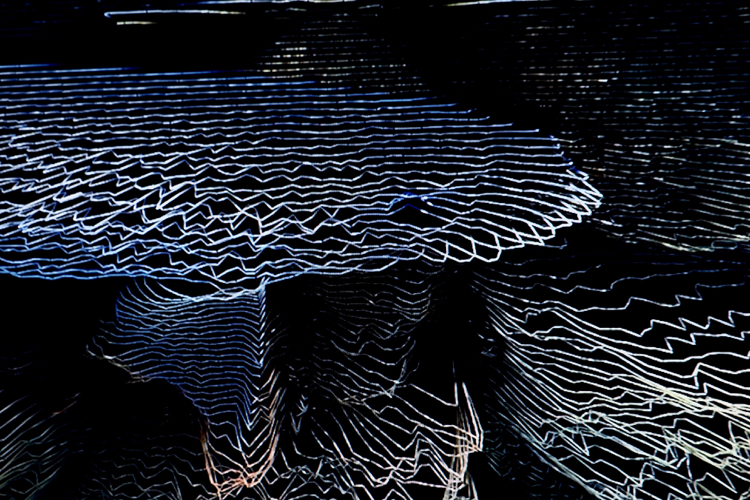
TRACING
Project Description
TRACING - JALESTAA Tracking is a continuous work examining the relationship between animals and human beings and their positioning in their own living environment through their traces, movements and actions. An Art/Sci exhibition and website integrate multi-layered data of animals and/in landscapes. The work is based mainly on Luke’s data of wolfs and trouts in Lapland. It consists of video materials done under water and in the air with drones, photos and visualisation of data derived from GPS-collars. The installation uses state of the art laser and led technologies.
The body of work has been exhibited in the
Zone2Source, Mapping Ground group exhibition Amstelpark Amsterdam 2018
Tate Modern, Tate Exhchange part Who Are We? project curated by tate associates Counterpoints arts march 2017
Oulu Art Museum Leonardo exhibition Jan-March 2015
and a part of it in the exhibition Distant Yet Connected at 643 project Space, Ventura, California More detailed information:
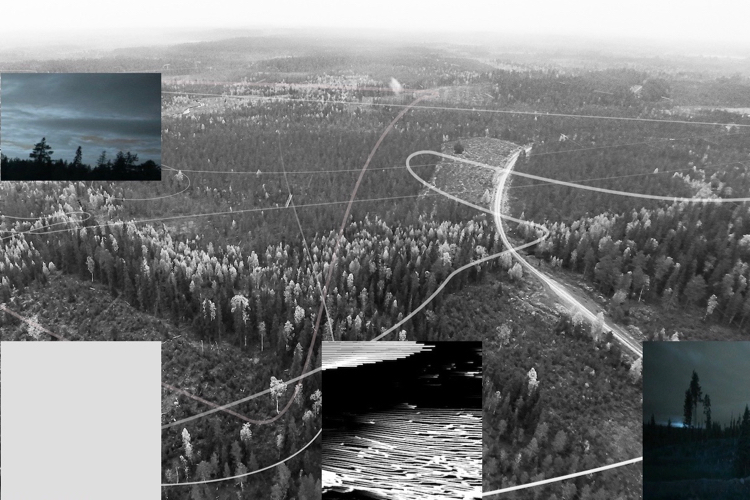
CYCLE
CYCLE
Kierto-Cycle dives into light and its character in northern hemisphere. Video work of Antti Tenetz utilises different methods of imaging and processing our surroundings from aerial drone footage to views microscopic worlds. This all mixed with analog and digital mixers and tools. Work draws inspiration from Nature all along from Sea and up from High north Lapland, Kuusamo and Kainuu regions. Material brakes in into fragmented view kind of digital autopsy of present day with tools like digital Rutt/Ettra video synthesizer from early days of video and light arts. This chaos of signals, animals and movement reaped to scanlines dancing in dark void and transmitting back to original representations of images of nature and animals
Work will be released as part of Light to Art project produced by Finnish Art Council 1.12.15 at 5 pm. It will be shown led wall at Rotuaari square in Oulu. It will be shown freely after that in Ubi screens and in address tenetz.com/cycle
See more at: http://valoataiteelle.taike.fi/
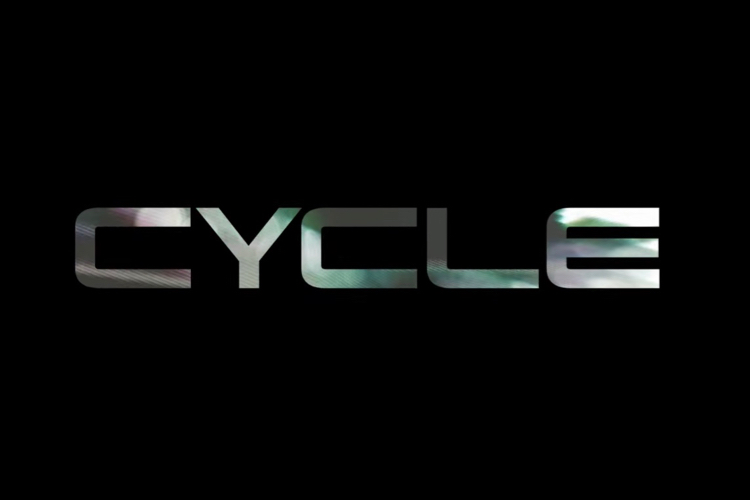
LEVIATHAN VENICE
LEVIATHAN VENICE
Leviathan Venice / Interactive video projection. a Vj set on capitalism,ecology and tourism and their effect on Venice. Hobbes meets story of Venetian "Monster of the Lagoon" with images of Grand NAvi Big Cruise Ships,wich blight Venice´s landscape and waters. Antti Tenetz work in collaboration with beige and harmaa, music Kristian Ekholm. Finissage program for the 56th Biennale di Venezia Sunday 22nd SALE docs. https://www.facebook.com/events/968393876560570/
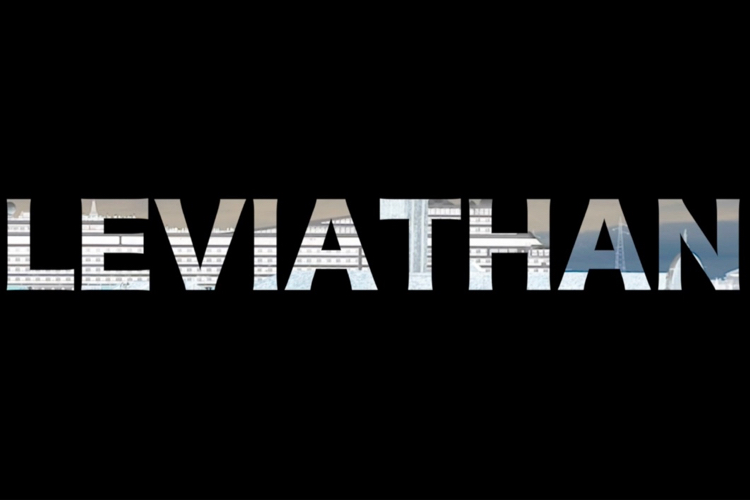
Golden Swing - Kultainen Keinu
Project Description
video installation and photographs from Ob-river bear cult worshippers and wild bears from eastern border Nordic photographic centre, Oulu
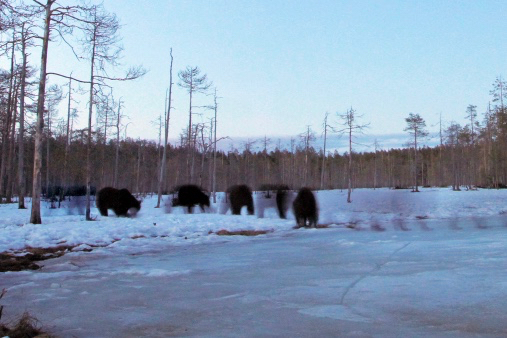
of Gods and Monsters
Audio and video work
Life as we know it changes location based on resources and livable habitats. Migration of non human species and human species occurs along similar routes. This work explores and examines birds such as the Honey Buzzard (Pernis apivorus), Pallid Harrier (Circus macrourus), and fishes as cultural migratory species, similar to humans in their relation to space, time and location. Because of close proximity to last glacial age we can say that all Scandinavian birds are from Africa, even those that stay all year around, just as with humans. The work uses satellite tracking of species, recordings from the city, its markets, distance surveillance using drone footage, tracks of migrating animals from Africa to Finland and back through Italy. The findings will be presented as a live audio-visual set. Work has been performed Manifesta 12 Collateral event curated by M.Watson July 2018, Palermo. Politics of Dissonance event curated by M.Watsonat Macro Asilo, Modern Art Museum of Rome, oct 2018.
of Gods and Monsters
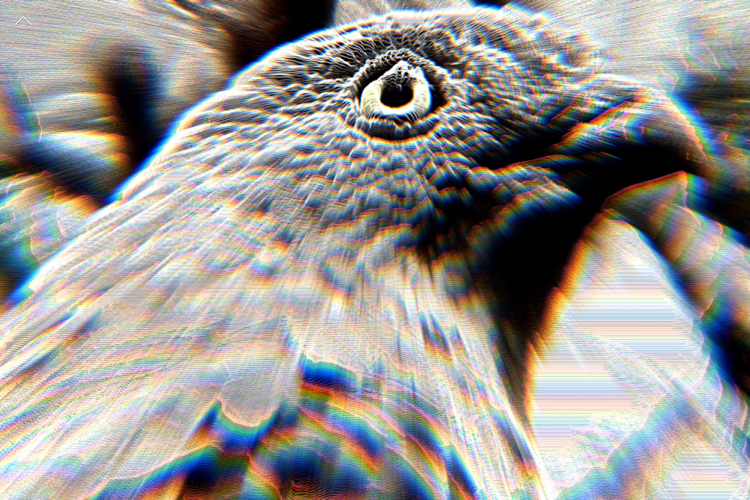
Curatorial
Pohjavirta-Undercurrent
Pohjavirta on kahdeksan itsenäisen julkisen taideteoksen muodostama kokonaisuus. Pohjois-Pohjanmaan kyliin ja kaupunkeihin sijoittuvat teokset kertovat tarinoita alueen Pohjavirrasta: niin historiasta ja elinkeinoista kuin kuhertelusta ja kovista kohtaloistakin, luonnon merkitystä unohtamatta.
Pohjavirta -hankkeen myötä toteutetut teokset olivat Pohjois-Pohjanmaan rahaston lahja sen koko toiminta-alueelle Suomen Kulttuurirahaston 75-juhlavuoden kunniaksi. Vuosina 2014-2016 toiminut hanke toteutettiin Suomen Kulttuurirahaston erityisrahoituksella yhteistyössä alueen kuntien ja yritysten kanssa.
Pohjavirta teoskokonaisuuden kuraattoreina toimivat Pohjois-Pohjanmaan rahaston taideostotoimikunnan puheenjohtaja, taiteilija Antti Tenetz, aluetaidemuseotutkija Janne Kauppinen, taiteilija Petri Sirviö sekä kuraattori ja taideteoreetikko Mike Watson.
Finnish Cultural Foundation
EN
Between 2014 and 2015, the North Ostrobothnia Regional Fund carried out the biggest ever regional project of the Finnish Cultural Foundation. The project budget was nearly EUR 300,000 in total, of which the Cultural Foundation contributed EUR 250,500.
In the Pohjavirta project, eight works of contemporary art were produced for the region of North Ostrobothnia. The works are a gift of the Regional Fund to the municipalities involved and will remain their property. All the works are public art, and they are placed in busy locations not normally known as sites of contemporary art. The locations include a port, alongside fields and a town square. In fact “New locations for art” was used as the project’s working title
The project was carefully prepared, and local actors committed to it early on. All works involved local companies as partners. Local people were also engaged; the works were about them or they took part in the implementation process. An open idea competition was announced in early 2014. Artists were given a free hand, as the aim was to produce something entirely new. The entries were expected to be surprising, placed in untypical locations and combine different types of art. A total of 116 ideas were received, and they included a broad range of different entries, from visual arts to dance.
The final selections were made by a group of curators consisting of Antti Tenetz from the North Ostrobothnia Regional Fund, Janne Kauppinen from the Oulu Museum of Art and artist Petri Sirviö. Mike Watson, a curator from Britain, was also involved in the process. One of the pieces was chosen by a jury, while 12 others were selected for further processing by the artists and the curators.
The curators played an important role in the project. They discussed the criteria and realisation of the entries with the artists, encouraging them to adopt new thinking and use new materials. Even though the curator–artist partnership is now common in the Finnish arts scene, not all artists are familiar with the practice. For this reason, the aim was to introduce the artists involved to the arrangement.
The curators selected the remaining seven works of the project on the basis of the revised entries. In the end, only works that will remain on permanent display in public spaces were selected. In fact, a continuous and permanent physical presence was one of the selection criteria applied by the curators. As expected, high artistic quality and local relevance were the other criteria. The North Ostrobothnia Regional Fund needed expertise in a wide range of areas for such an extensive multi-art project. The curators and the Fund secretary were extremely busy throughout the project. The producer played an important role in issues concerning contractual practices, permit processes and funding. One of the main aims of the Fund in the project was to share the expertise that it had accumulated over the years. For this reason, an online arts acquisition package aimed at facilitating such acquisitions was produced as part of the project. This means that the project will have a lasting impact.
Text by Anni Saari, published 16.6.2016 in the blog On Arts and Sciences

Project Title
Wild Aesthetics - Time is not on our side
Antti Tenetz, Minna...
The core idea of western science as the mediator of knowledge is crumbling. It seems that decision making in our societies nowadays leans for the most part on information coming from different lobbying parties and interest groups. The problem this presents to artists and researchers is how to shape reality through visual language and how to communicate effectively about the environment and its changes through our craft and knowledge.We should do what we are able and born to do, to adapt, be proactive and creative, applying a combination of knowledge and ways from both past to present to our current situation. We should try to see the animal within us, the non-human realm around us, of which we are an integral part. We live in a hybrid relationship with nature, simultaneously in the technosphere, among technologies and interpretations, and in the biosphere, which encapsulates us in nature.
